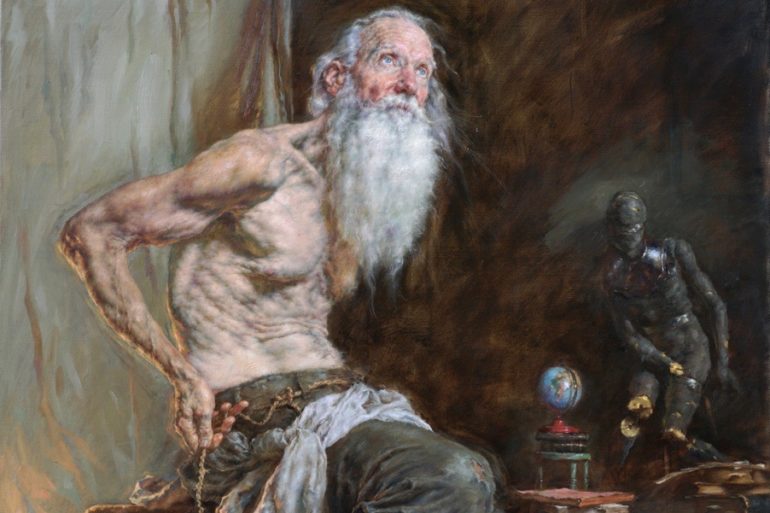
This post is also available in:


Robert Liberace is considered one of the most talented contemporary American artists. He has participated in several editions of FACE-Figurative Art Convention and Expo- and this year will be the icing on the cake of the 22nd edition of the Portrait Society of America, from which he received his first prize, the Grand Prize Award, in 2003 and with which in a few days, August 27 from 4:30 pm to 7 pm: 30, American PM EST time (10:30 p.m. to 1:30 a.m. in Italy), he will be the protagonist, in a three-hour workshop, for the “World Day of Figurative Drawing”: an event destined to remain in the annals of art history, in which it is estimated that more than 10,000 people from all over the world will “virtually” take part to constitute the new Guinness Book of Records.
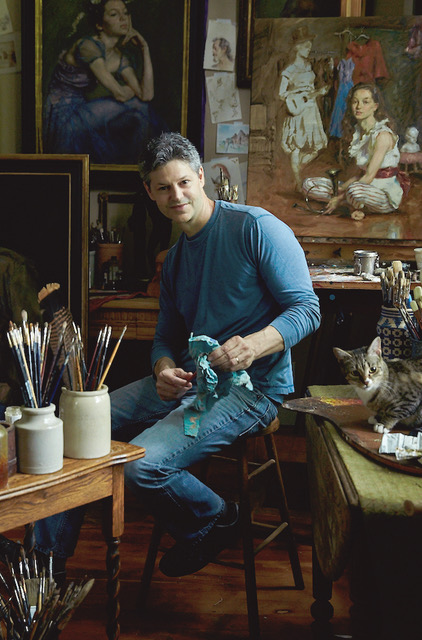
The Portrait Society of America has in fact thought to bet on the great talent of Robert Liberace to break the record. Liberace is a virtuous artist who has explored both sculpture and painting, masterfully juggling oil, watercolor, charcoal, silverpoint and ink Though he is a master of all techniques, his mainstay is figurative drawing, with a classical and distinctive style inspired by the greats of the past. During one of his seminars on drawing it is extraordinary to see with what ease Liberace ranges from pencil, charcoal, to the technique of the Deux or Troys Crayons: a technique that consists of combining two colours (black and white) as Pierre Paul Prud’hon did or three colours (black, white and red, the sanguine) as F.Boucher, A. Watteau and Pier Paul Rubens did, who had the merit of making the technique popular.
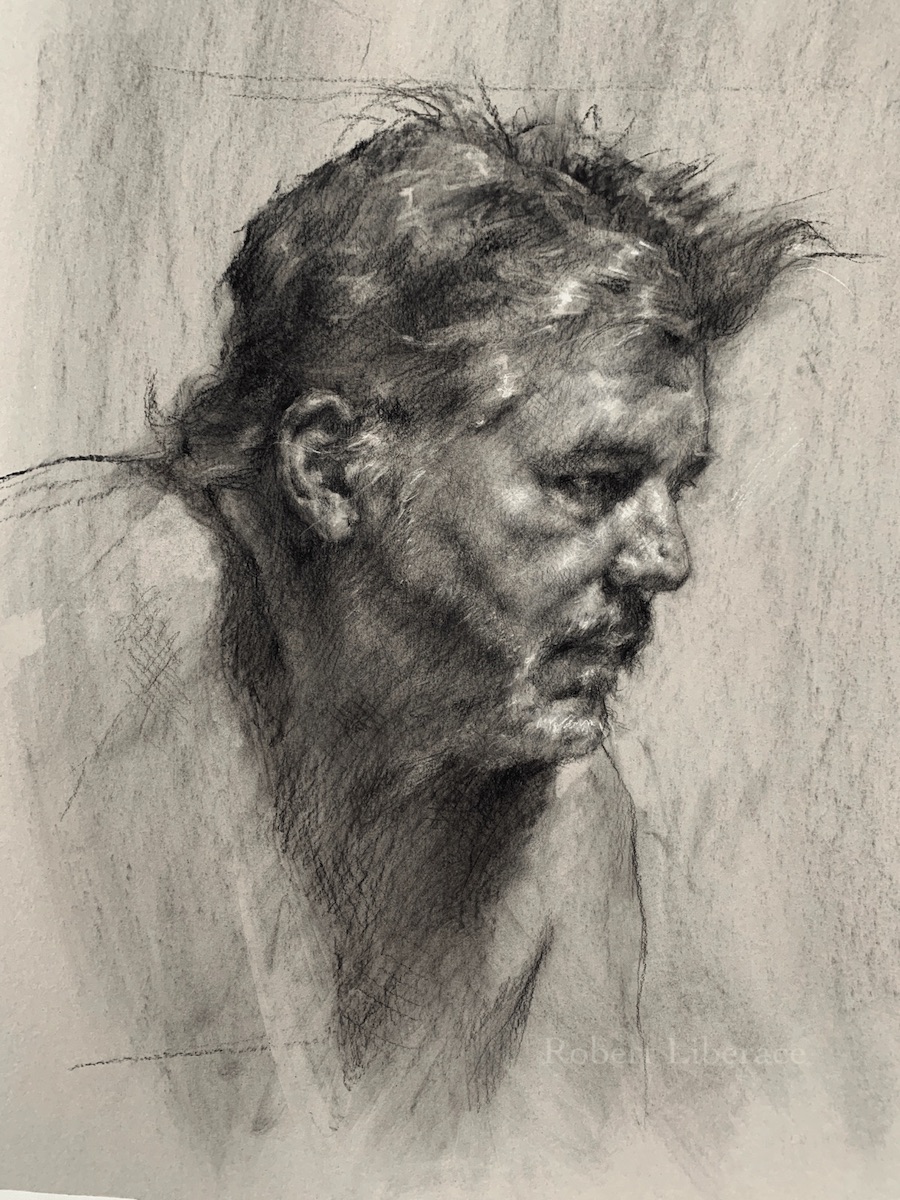
Through the drawing Liberace expresses his fascination for the human figure and his desire to capture the power and poetry that flow from the detailed description of the body in dramatic poses. In addition to having written and published in important magazines, to be called as a judge for various competitions, in his artistic career Liberace was recognized as “Living Master” by the ARC, the American organization that aims to preserve and reward realistic art, after that in 2015 with the work the “5th Circle”, won first prize in the category of imaginary realism. Inspired by Dante’s Inferno, in the “5th Circle”(in the 5 circle Dante represents the wrathful and slothful), Liberace explores the interesting visual effects of light and the narrative force that light embodies while the fiery shoreline creates an apocalyptic atmosphere that represents the darkest realms of the human soul.
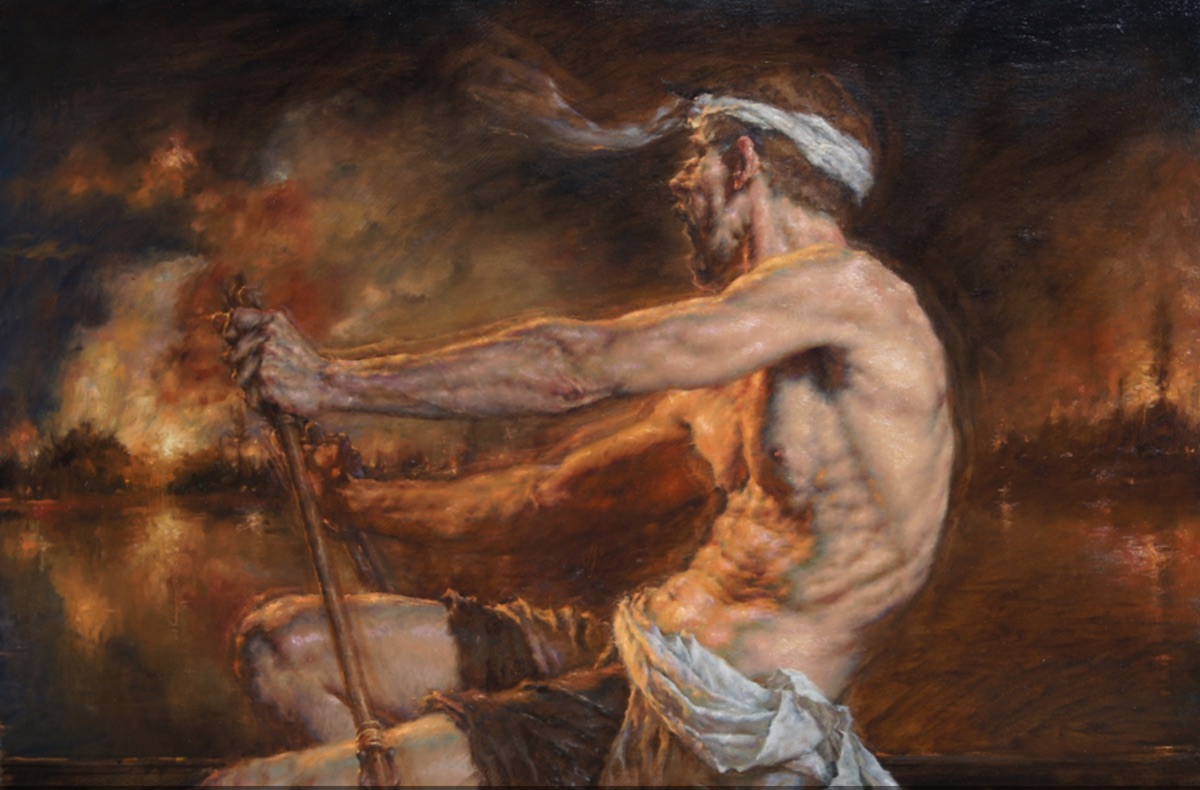
Robert Liberace is the master of masters, among his students are Teresa Oaxaca, Charles Miano, Johanne Mangi and many others. Born in Pomona, NY, Liberace completed his artistic studies thanks to the baseball scholarship he received from George Washington University, where he received both a liberal arts degree and a master’s degree in fine arts. Among his teachers is the painter Frank Wright to whom Liberace attributes the merit of having instilled in him the love for the old masters. In the same university he also received the Morris Louis scholarship for art. Robert Liberace is a teacher at the Studio Incamminati in Philadelphia, at the Art League in Alexandria, Virginia and a visiting instructor at The National Gallery of Art in Washington DC, where he teaches the techniques of the old masters. He is a member of the National Sculpture Society and the Portrait Academies which is part of the Portrait Society of America where he has been teaching for over a decade and his portraits have become a favorite part of the students; he also conducts numerous workshops in America and abroad.
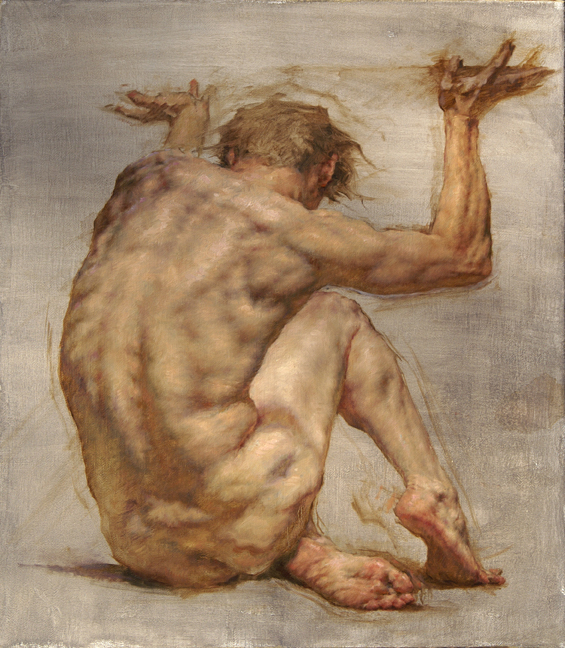
His resume boasts many awards and recognition for his incredible talent; in addition to being ARC’s Living Master, he is a member of the American China Oil Painting Artists League. Liberace lives in Vienna, Virginia, with his wife, illustrator and artist Lina Liberace, and their two daughters. Liberace’s artistic origins, which continue with his daughters Celia – who is already an appreciated artist in the environment – and Ava – an artist still young – are apparently part of the family’s artistic genetics: Robert is related to the famous pianist Liberace while his mother, Maire Liberace, is a poet whose second book “Lament in a Minor Key” was named last year “Book of the Year” by the Library Association of Rockland County.
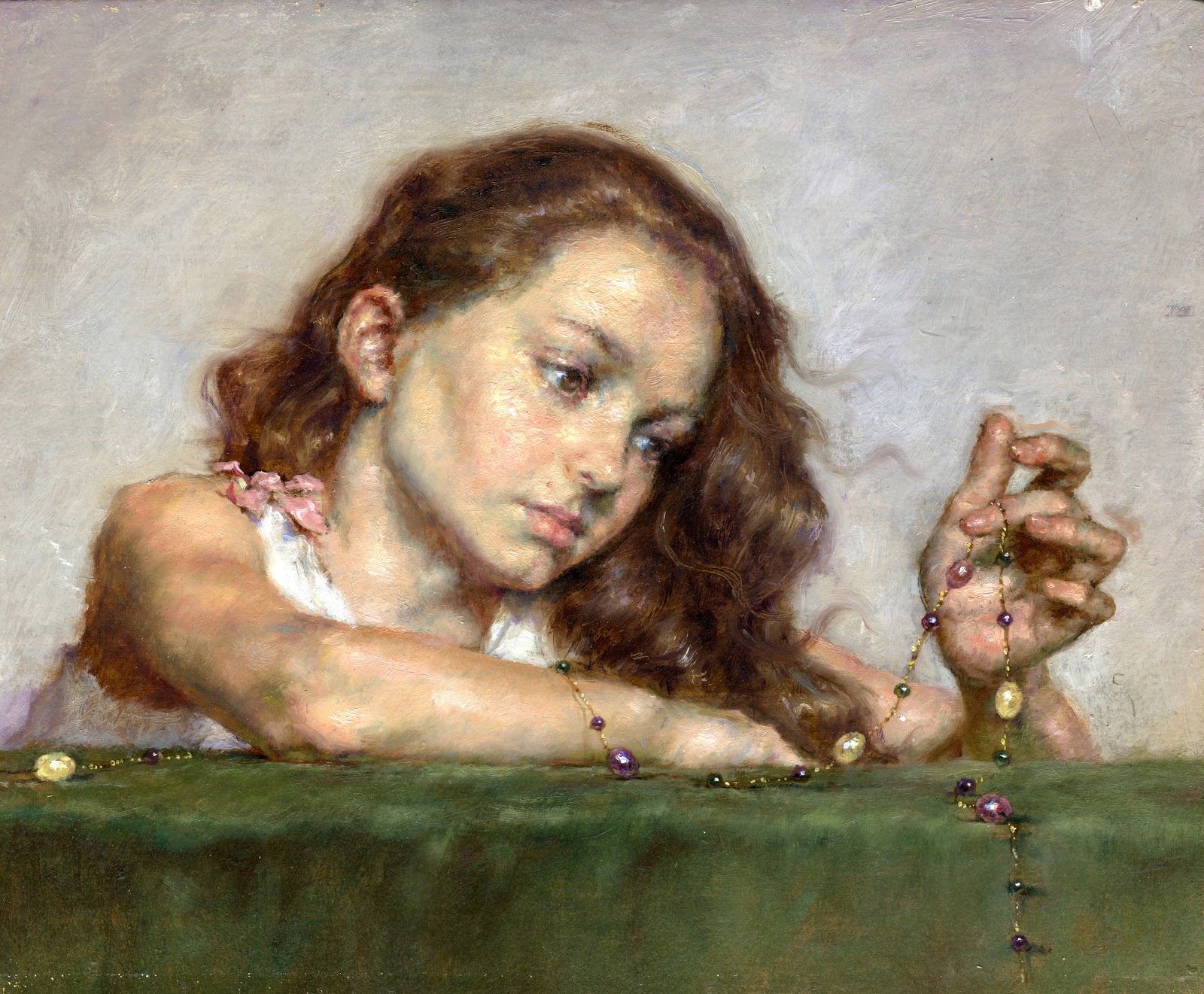
But what is the admiration and esteem for Robert Liberace from the artistic environment and what makes this artist exceptional? I answer you by leaving aside the journalistic ethics in favour of the love I have for art, which has given me the honour of knowing many great artists and which has allowed me to personally participate in many of his demonstrations, both during the various editions of FACE and in private courses, having consequently had the opportunity to grasp his gesture, to listen to his words or to admire the grace with which he communicates to the public.
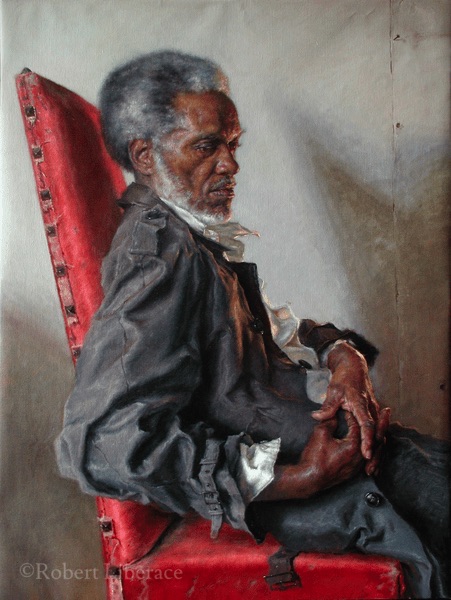
What makes Robert Liberace a great artist, in addition, of course, to his assiduous and timeless commitment over the years, is the vibrant poetry that he manages to imprint on the paper with his tract full of technical-anatomical knowledge and that the artist manages to highlight in an exceptionally poetic way: static works that actually seem to move thanks to the sense of movement that he manages to give to his characters. Whether it is representing a simple image or a more complex image due to the twisting of the body or the highlighting of particular characteristics, each of his works is able to speak to the viewer through the tremulous stroke of the figure, a sort of poetic manual gift that Liberace possesses.
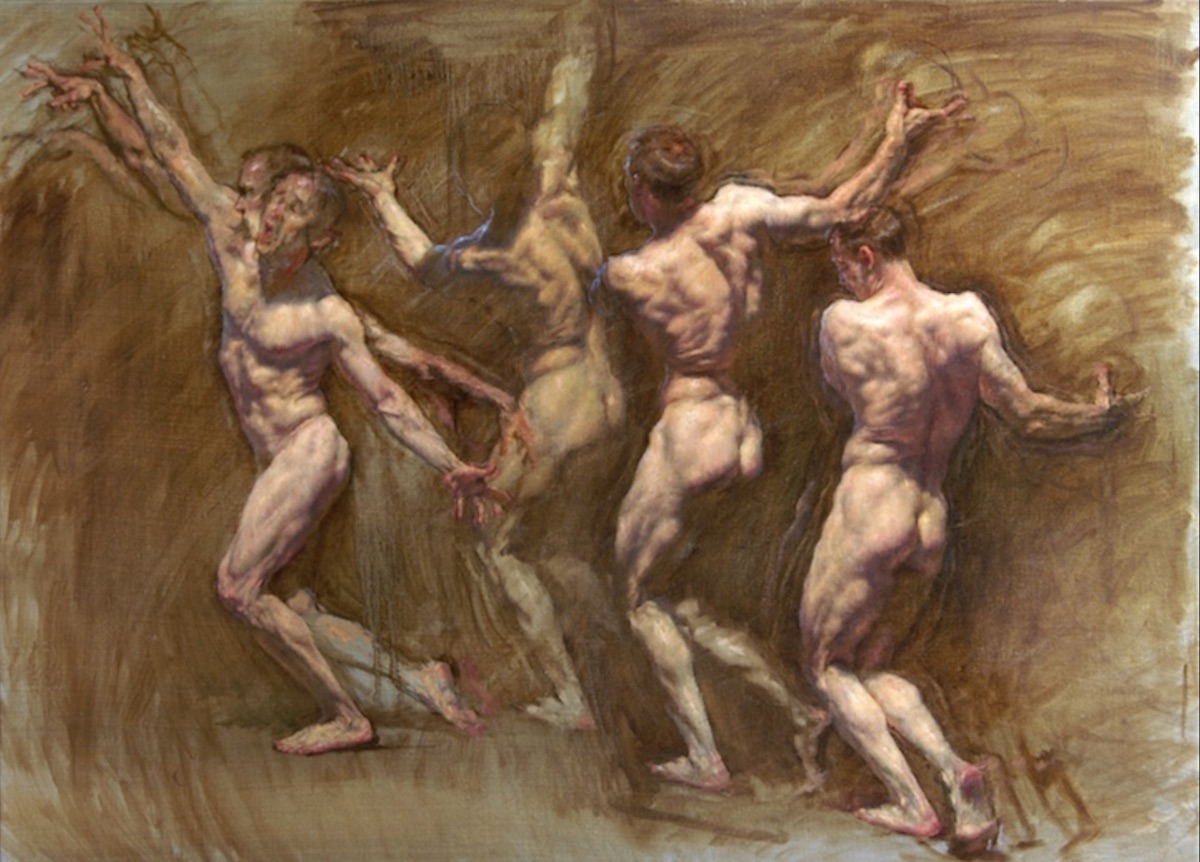
In an exchange of emails in relation to his extraordinary ability to represent the human figure in a unique way (a characteristic already visible in his daughter Celia) Liberace answers me with extreme humility that:” …it is not an unreachable goal but it is the result of so much practice”. I have no doubt about the importance of the practice, but his grace enchants me because it is as if, through pencil, charcoal, brush, pastel or silverpoint and ink, he was able to trace signs that, however simple, can tell a poem.
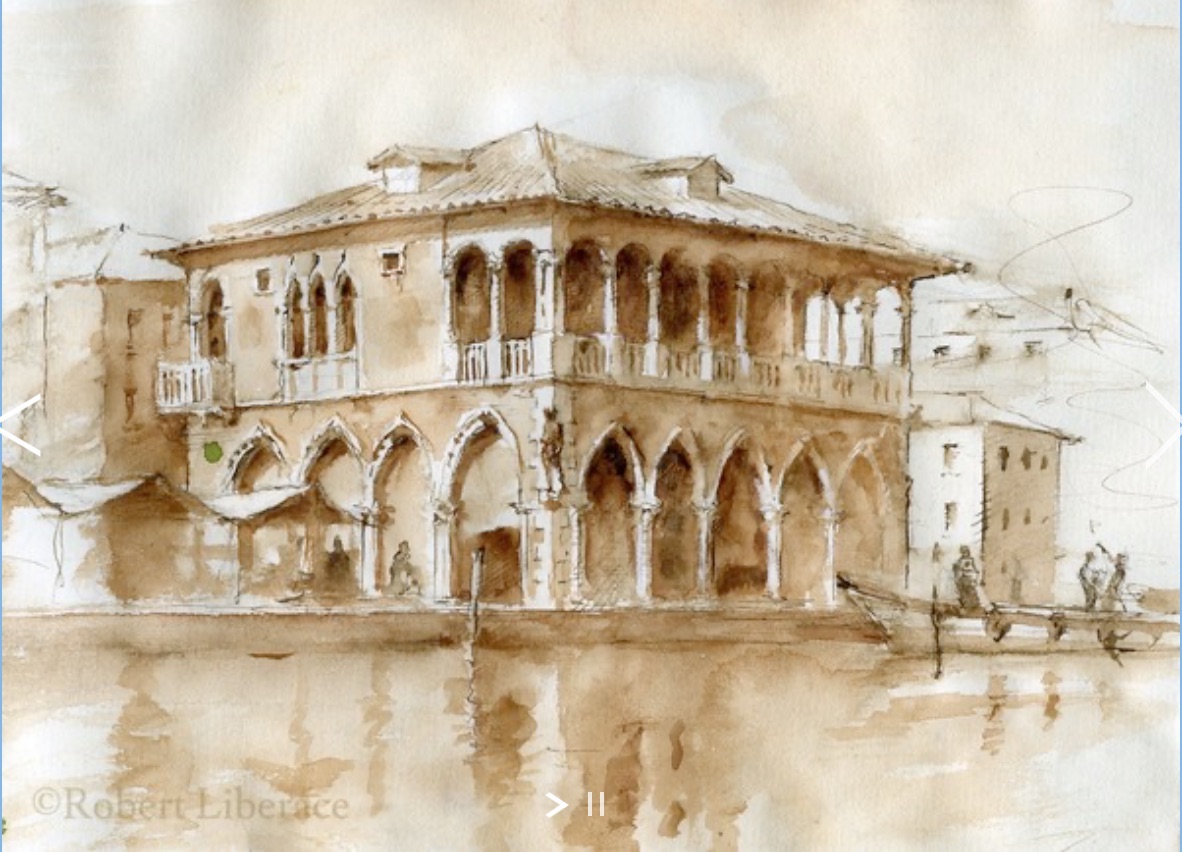
The idea that he is an exceptional artist is also confirmed by the people who have turned to him for a commissioned portrait: the 41st President of the United States George H.W. Bush, Ambassador Sol Linowitz, former US National Portrait Gallery director Marc Pachter, National Symphony Orchestra cellist Steven Honigberg, Adventist Hospital patron Shady Grove Farid Srour and General Wallace M. Greene. Robert Liberace is currently represented at the Principle Gallery in Alexandria, Virginia and Charleston, South Carolina, the John Pence Gallery in San Francisco and the Legacy Gallery in Scottsdale, Arizona.
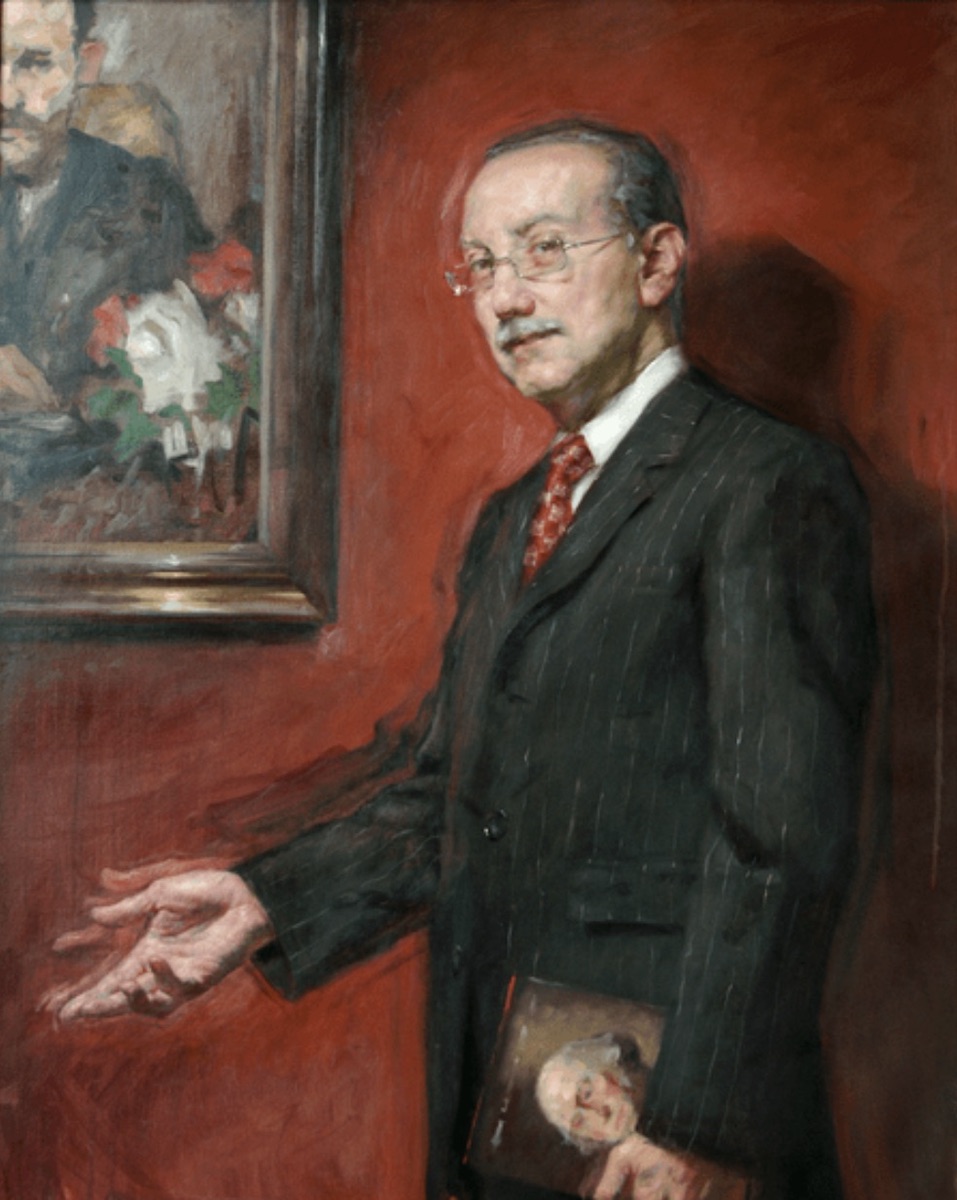
If I were you I would personally verify the truthfulness of my words and for this reason I invite you to take part in the worldwide initiative of the Portrait Society of America by registering on the site at https://www.portraitsociety.org/worldwide-drawing-the-figure. It costs only $10, but for those who do not have the possibility to spend $10 that will go totally to charity to the “Edward Jonas Memorial Fund”, just write to: allison@portraitsociety.org that will provide a special code to enter that will allow you free access to the lesson.
Don’t miss it, there are no excuses!
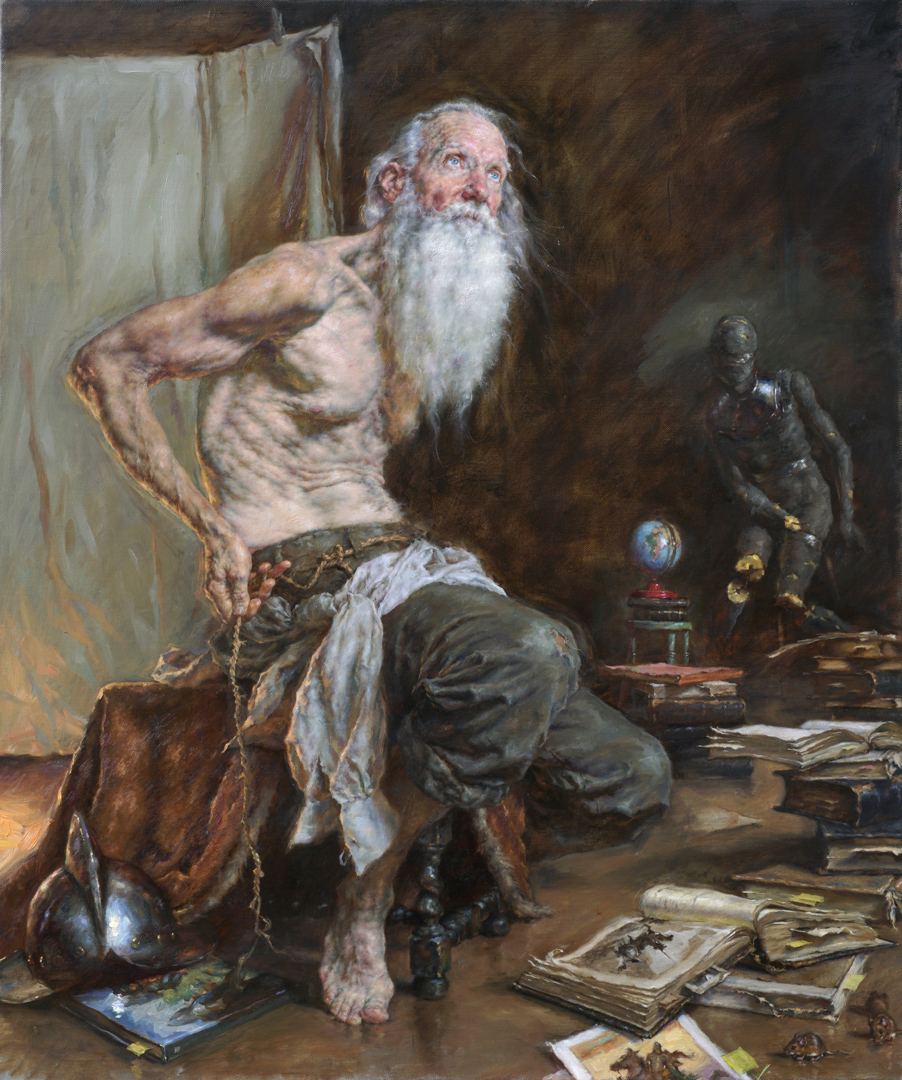
.
